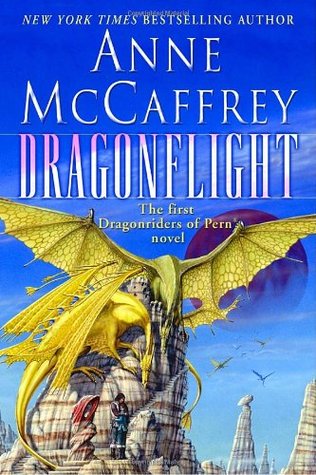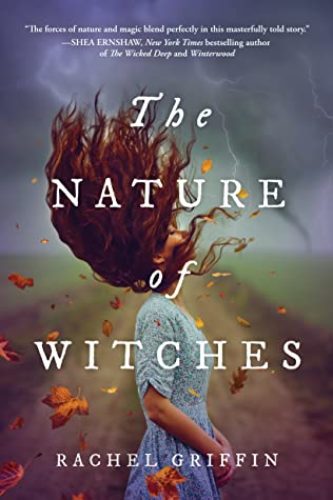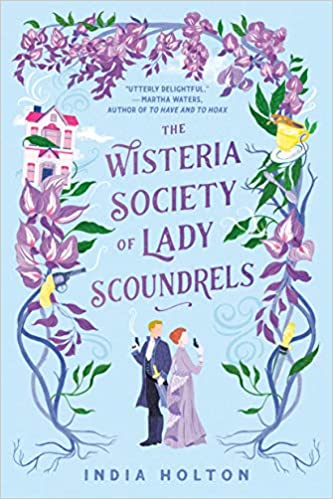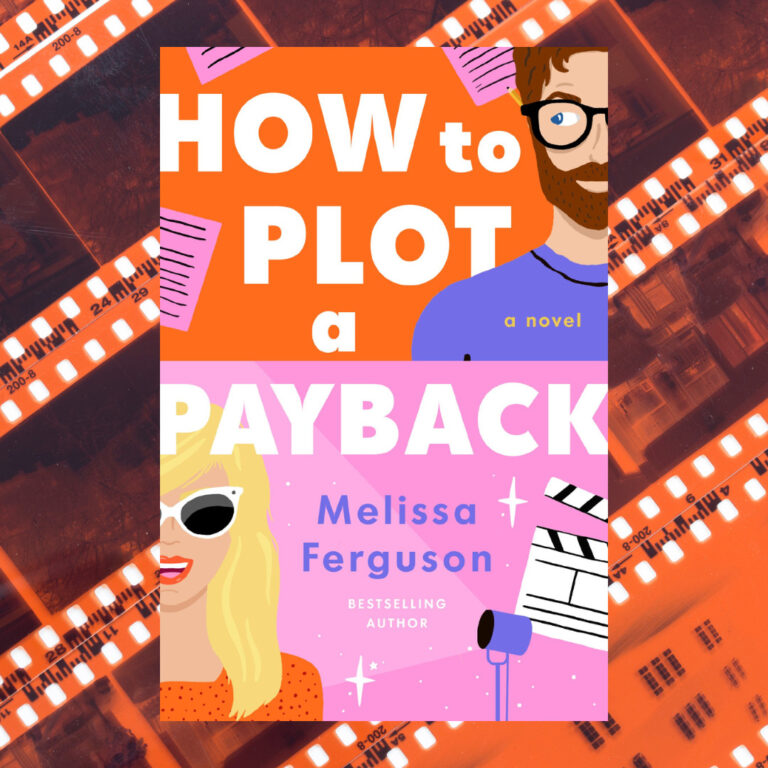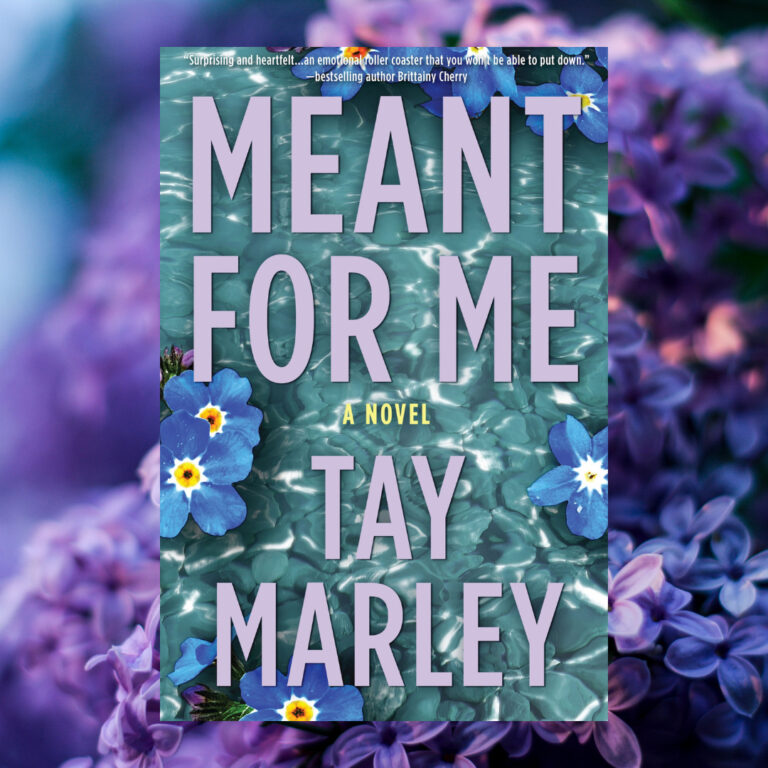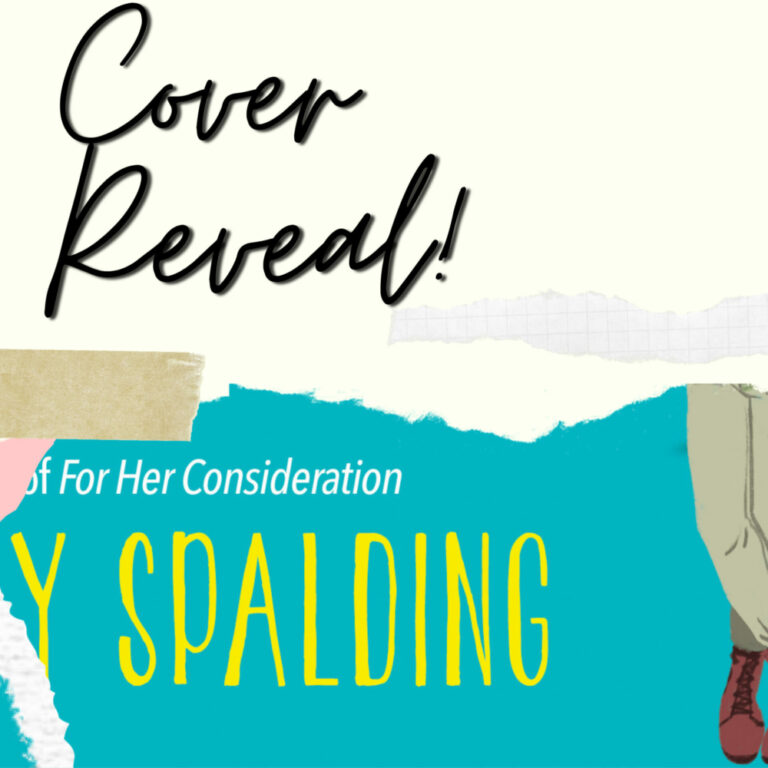[Note from Frolic: We’re so excited to welcome author India Holton to the site today. She has some great world building tips for any fantasy writer. Take it away, India!]
These days many of us dream about escaping the stresses and confinements of the real world. With travel restricted due to the pandemic, reading fantastical books offers a way to experience interesting new places, even if only in our imagination. And writing them takes it to a whole new level!
But a fantasy writer doesn’t have the luxury of just wandering around with a hand-drawn map and a backpack full of random spells. Much thought and research is needed to develop a world that comes across as authentic no matter how bonkers it may be on the surface. I’ve put together five fundamental pieces of advice for how to go about worldbuilding so your reader feels like they are visiting a place that, although unreal and enchanting, can be real inside their mind.
1. Whimsy needs rules.
Worldbuilding is often an inside-out, upside-down process that involves as much excited discovery for the writer as the reader. And the scientific laws shaping the world don’t have to match those of our own. From dragons to shapeshifters to cities in the sky, anything goes with fantasy!
Ultimately, however, all that fun has to be tamed into form. By the time you finish writing, each element, no matter how extraordinary, must fit together to give your world an inherent consistency. Anne McCaffrey could cite extensive scientific papers to explain her fire-breathing dragons and the deadly rain they battled in the Dragonriders of Pern series. Others simply make their dragons magical. Both approaches are fine, but if you have an element that doesn’t fit with the rest of your world – for instance, dragons flying around a modern day New York – you need to provide a reason. The good news is that it can be an entirely madcap reason!

2. Find magic in the ordinary.
Then give it a twist! Magic can of course be anything you want it to be. But drawing inspiration from commonplace things helps bring a reader deeper into relationship with your world. The easier it is for them to envision the enchantment, the more invested they will be. For example, how many readers of The Lion, The Witch, and The Wardrobe still dream, even as adults, about opening their closet to a fantastical country? And I’m sure many can relate all too well to the enchanted, “half suitcase, half homicidal maniac” luggage in Terry Pratchett’s The Colour of Magic.
3. Make the magical ordinary.
The most engaging fantasy worlds are woven through with their own mythology, science, and economy. In Sharon Shinn’s Elemental Blessings series, a unique system of religion influences everything about the world’s society, including how its inhabitants perceive what happens to them. By infusing your world with such commonplace elements of civilisation, you provide a depth that supports its exciting appearance. Again, it’s about creating a connection with the reader. A world they can imagine themselves living in is the kind of world they return to read and dream about over and again.
Several Young Adult fantasy authors are particularly adept at this. For example, in her beautiful debut novel The Nature of Witches, Rachel Griffiths creates a community of witches who are sorted according to season-based attributes. It’s easy to imagine readers matching themselves to the season they think would best suit them – and just like that, you have an engaged audience.
4. Keep it simple, sweetheart.
The caveat to all the advice I’ve given so far is that you don’t want to show this work in the actual narrative. Pretty much every SFF writer has a stack of notebooks filled with technical details, family trees, and complex histories. But info-dumping is the fantasy equivalent of a corporation’s Annual General Meeting: tedious to everyone except the person who created the data presentation.
A writer must know the operational components of their fantastical elements, but the reader seldom needs that information in depth. Tease out the key aspects and slide them into dialogue or give them an interesting spin in the narrative, then set aside the bulk of minutiae for bonus content in the book’s endnotes or to offer your newsletter subscribers further down the track.
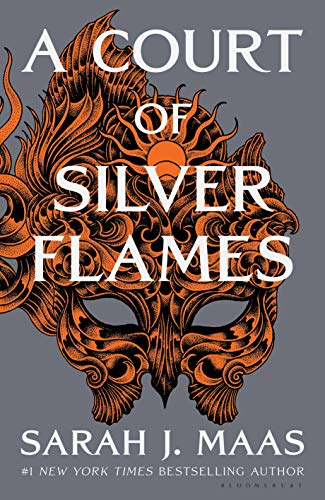
5. Write what you know.
Finally, the most important aspect of an immersive reading experience is that the characters’ internal worlds are relatable, no matter how outlandish their environment. Sure, very few of us have been captured by terrifying fairy king with a cold midnight stare, but we have been frightened, or homesick, or trapped in a situation where we don’t feel safe. Using those familiar emotions to inform your writing will be what enables a reader to feel as if they themselves could be in the scene, making the same choices as the characters – or at least sympathising with why those choices were made.
Sarah Maas is a master of this. In her Court of Thorns and Roses series, she presents a world rich in complex magic. Her readers will never face demon-like creatures, fly with faeries, or be imbued with supernatural abilities. But they will be able to relate to the fears and passions of Feyre, Nesta, and other characters whose emotions are explored with sincerity and depth. And they love the books for it.
Readers will love your book too if you weave together wonder and truth, thereby enabling them to explore an extraordinary, otherworldly place from the core of their own humanity.
About the Author:
India Holton dwells in lands of marvel and imagination, but her actual mailing address is in New Zealand, where she spends her days writing and drinking too much tea. Her historical fantasy romcom The Wisteria Society of Lady Scoundrels is due out June 15th from Berkley Romance. Visit her on twitter and instagram or subscribe to her newsletter for exclusive content.
The Wisteria Society of Lady Scoundrels by India Holton, out now!
A prim and proper lady thief must save her aunt from a crazed pirate and his dangerously charming henchman in this fantastical historical romance.
Cecilia Bassingwaite is the ideal Victorian lady. She’s also a thief. Like the other members of the Wisteria Society crime sorority, she flies around England drinking tea, blackmailing friends, and acquiring treasure by interesting means. Sure, she has a dark and traumatic past and an overbearing aunt, but all things considered, it’s a pleasant existence. Until the men show up.
Ned Lightbourne is a sometimes assassin who is smitten with Cecilia from the moment they meet. Unfortunately, that happens to be while he’s under direct orders to kill her. His employer, Captain Morvath, who possesses a gothic abbey bristling with cannons and an unbridled hate for the world, intends to rid England of all its presumptuous women, starting with the Wisteria Society. Ned has plans of his own. But both men have made one grave mistake. Never underestimate a woman.
When Morvath imperils the Wisteria Society, Cecilia is forced to team up with her handsome would-be assassin to save the women who raised her–hopefully proving, once and for all, that she’s as much of a scoundrel as the rest of them.


